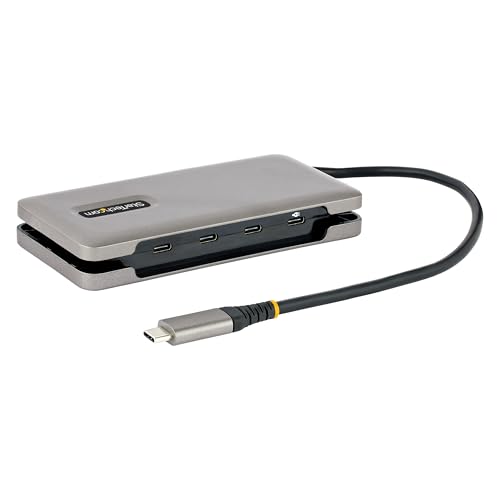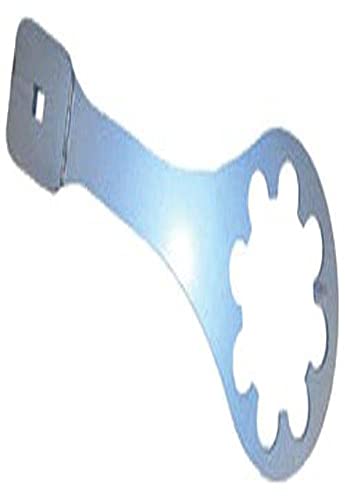Tennis elbow, also known as lateral epicondylitis, is a common condition that causes pain and inflammation in the elbow and forearm. It is caused by repetitive activities that strain the tendons in the arm, such as gripping and twisting motions. While commonly associated with sports like tennis, tennis elbow can also be triggered by other activities.
One such activity that may contribute to the development or exacerbation of tennis elbow is the use of circular saws. Circular saws are powerful tools commonly used in woodworking and construction. They are designed to make precise and efficient cuts through various materials, including wood and metal. However, the vibrations and forces generated by circular saws can put significant strain on the tendons and muscles in the forearm.
When using a circular saw, the repetitive movements, gripping, and vibrations can place excessive stress on the elbow and forearm. This can lead to inflammation and micro-tears in the tendons, resulting in the onset or worsening of tennis elbow symptoms. Individuals who frequently use circular saws, especially without proper technique or protective equipment, may be at a higher risk of developing this condition.
Therefore, it is essential for individuals who regularly use circular saws to take precautions to prevent the development or progression of tennis elbow. This includes using proper technique, maintaining good posture, taking regular breaks, and wearing supportive braces or sleeves to minimize strain on the forearm muscles and tendons. Additionally, incorporating exercises and stretches that target the forearm and wrist into a regular fitness routine can help strengthen these areas and reduce the risk of injury.
What is Tennis Elbow and its Causes?
Tennis elbow, also known as lateral epicondylitis, is a condition that causes pain and inflammation in the outer part of the elbow. Despite its name, tennis elbow is not exclusive to tennis players and can affect anyone who engages in repetitive arm motions or activities that strain the muscles and tendons of the forearm.
The main cause of tennis elbow is overuse of the muscles and tendons in the forearm, typically from repeated gripping, twisting, or lifting motions. This can occur during activities such as playing tennis, painting, typing, or using handheld tools like circular saws.
Circular saws, in particular, can contribute to the development of tennis elbow due to the repetitive nature of the cutting motion and the strain it places on the forearm muscles and tendons. The vibrations produced by the saw can also further exacerbate the condition.
Other factors that may increase the risk of developing tennis elbow include poor form or technique during physical activities, using equipment that is not properly sized or adjusted, and failing to adequately warm up and stretch before engaging in repetitive arm motions.
If you suspect you have tennis elbow, it is important to rest the affected arm and avoid activities that worsen the symptoms. Applying ice to the area and taking over-the-counter pain medications can help reduce inflammation and provide temporary relief. If symptoms persist or worsen, it is advisable to seek medical attention for a proper diagnosis and treatment plan.
Tennis Elbow: Symptoms and Treatment
Tennis elbow, also known as lateral epicondylitis, is a condition that causes pain on the outside of the elbow. It is a type of repetitive strain injury that is often caused by the repetitive motion of the arm and forearm, such as swinging a tennis racket or using a circular saw.
The symptoms of tennis elbow typically include pain and tenderness on the outside of the elbow, which may worsen with certain movements, such as gripping objects or twisting the forearm. It may also be accompanied by swelling and a weak grip strength.
There are several treatment options available for tennis elbow. The first line of treatment is usually conservative, and includes rest, ice, compression, and elevation (RICE). This can help reduce pain and inflammation in the affected area. Physical therapy exercises and stretches may also be recommended to improve strength and flexibility.
In some cases, a brace or splint may be worn to provide support to the affected elbow and reduce strain on the muscles and tendons. Nonsteroidal anti-inflammatory drugs (NSAIDs), such as ibuprofen, may also be recommended to help reduce pain and inflammation.
If conservative treatments do not provide relief, more advanced treatment options may be considered. These may include corticosteroid injections to reduce inflammation, extracorporeal shockwave therapy, and even surgery in severe cases.
Preventing tennis elbow is possible by taking certain precautions. It is important to use proper technique and form when performing repetitive arm or wrist movements. This includes using proper grip and body mechanics, as well as taking frequent breaks and avoiding overexertion.
In conclusion, tennis elbow is a common condition that causes pain on the outside of the elbow. It can be caused by a variety of repetitive motions, including using a circular saw. However, with proper treatment and preventative measures, the symptoms of tennis elbow can be managed and the condition can be effectively treated.
The Link Between Circular Saws and Tennis Elbow
Tennis elbow, also known as lateral epicondylitis, is a common condition that causes pain and inflammation in the outer part of the elbow. It is caused by repetitive or strenuous activities that involve the forearm muscles, such as playing tennis, gardening, or using power tools like circular saws. In this article, we will explore the link between circular saws and tennis elbow.
| Circular Saws | Tennis Elbow |
|---|---|
| Circular saws are power tools that are commonly used in construction and woodworking projects. They have a rotating blade that can cut through various materials, such as wood, metal, and plastic. These saws require a firm grip and repetitive arm motions to operate effectively. | Tennis elbow is an overuse injury that affects the tendons in the elbow. The repetitive gripping and forearm motions involved in using circular saws can strain the tendons in the elbow, leading to inflammation and pain. |
| Using circular saws for extended periods or without proper technique can increase the risk of developing tennis elbow. The vibration and force exerted by the saw can put added strain on the forearm muscles and tendons, making them more susceptible to injury. | The symptoms of tennis elbow include pain and tenderness on the outer part of the elbow, weak grip strength, and difficulty performing daily activities that require forearm movements. If left untreated, tennis elbow can become chronic and affect the quality of life. |
| Preventing tennis elbow when using circular saws can be achieved by using ergonomic tools with vibration-dampening features, practicing proper cutting techniques, and taking regular breaks to rest the forearm muscles. | Treatment options for tennis elbow include resting the affected arm, applying ice or heat to reduce pain and inflammation, physical therapy exercises to strengthen the forearm muscles, and in severe cases, surgery may be necessary. |
| Awareness and proper precautions are crucial when using circular saws to prevent the risk of developing tennis elbow. It’s important to listen to your body and recognize any signs of discomfort or pain, as early intervention can help prevent the condition from worsening. | It’s also important to consult with a healthcare professional if you experience persistent or severe symptoms of tennis elbow. They can provide an accurate diagnosis, recommend appropriate treatments, and offer guidance on proper tool usage to prevent further injury. |
In conclusion, there is a clear link between the use of circular saws and the development of tennis elbow. By understanding the risks involved and taking necessary precautions, individuals can minimize their chances of experiencing this painful condition.
Preventive Measures for Tennis Elbow
Tennis elbow is a condition that can be painful and frustrating. The repetitive motions involved in activities such as playing tennis, using circular saws, or even typing on a keyboard can lead to the development of tennis elbow. However, there are preventive measures that can be taken to reduce the risk of this condition:
Proper Technique and Form
Using the correct technique and form while performing activities that involve repetitive motions is crucial in preventing tennis elbow. This includes maintaining a neutral wrist position, avoiding excessive gripping or squeezing, and taking frequent breaks to rest the affected muscles.
Strength Training and Stretching
Regular strength training exercises that target the forearm muscles can help to prevent tennis elbow. This can include exercises such as wrist curls and forearm twists. Additionally, stretching exercises can be performed to improve flexibility and reduce muscle tightness in the forearm.
Use of Protective Gear
When engaging in activities that may put stress on the forearm muscles, it is important to use appropriate protective gear. This can include wearing a wrist brace or using an elbow strap to help support and stabilize the affected area.
Listen to Your Body
It is important to pay attention to any signs of discomfort or pain in the forearm and to take appropriate rest breaks when needed. Pushing through the pain can exacerbate the condition and prolong the healing process.
Overall, following these preventive measures can help reduce the risk of developing tennis elbow and allow individuals to continue engaging in their favorite activities without unnecessary pain and discomfort.






